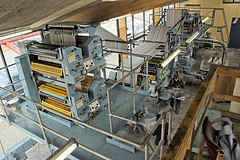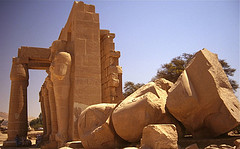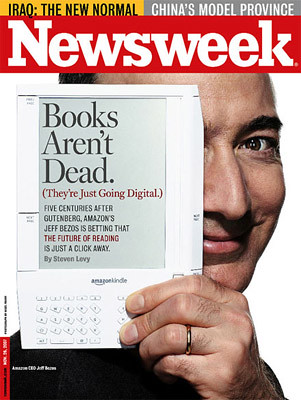Last semester for ETEC*565, I created blog which housed my personal learning journey for the course. This was my first foray into blogging. From this experience I learned how important it is to regularly contribute to a blog in order to fully engage with the subject matter. As well I ended up with a nice snapshot of my growth over the course of the semester. Our Community Weblog takes a different approach in that all of us post to the same blog – a shift from building individual knowledge to creating distributed knowledge, built on collaborative and network literacies. This exposes all of us to diverse perspectives allowing each of us to construct new understandings of the topics raised. As our communal writing space archives all contributions, we will also be able to reflect back on our collaborative journey by the end of the course.
Postman (1992) states “new technologies alter the structure of our interests: the things we think about. They alter the character of our symbols: the things we think with. And they alter the nature of community: the arena in which thoughts develop” (p. 20). With our Community Weblog environment we can create a knowledge database with a structure that allows for spontaneity, the ability to link back to original sources and the ability to embed images and video to support our writings. The disorientating nature of the navigation differs so greatly from the linear ways of learning most of us are familiar with, thus it can be frustrating for many to determine where to start or how to proceed with participating.
On the other hand, the blog environment encourages us to push our understandings beyond text-to-text communication to create dynamic and flexible interpretations that we can continue to build on. Unlike our discussion forums, ideas are much more dispersed and are organized only by the tags and categories the participants employ. This allows for each individual to create their own connections and take responsibility for their own learning. The comments feature allows us to make connections and begin to tie ideas together. We all are responsible for the success of our shared space and thus participation will be essential throughout the semester for this to be a truly valuable experience.
On that note, with two sections contributing to the blog the amount of posts to-date is overwhelming – almost too many to keep track of. The search, tagging and category functions are absolutely key to being able to find information – somewhat of an organized chaos!
Karen Stephenson states that “experience has long been considered the best teacher of knowledge. Since we cannot experience everything, other people’s experiences, and hence other people, become the surrogate for knowledge. ‘I store my knowledge in my friends’ is an axiom for collecting knowledge through collecting people” (Stephenson, in Siemens, 2004, An Alternative Theory, para.1). As we all have different skills sets, experiences and knowledge we bring to the table, as a collective we are much stronger than we are on our own. Our weblog then becomes yet another link of our personal learning networks. It will be truly interesting to see how this space evolves over time.
References
Postman, N. (1992). Technopoly: The surrender of culture to technology. New York: Vintage Books.
Siemens, G. (2004). Connectivism: A learning theory for the digital age. Retrieved September 20, 2009, from http://www.elearnspace.org/Articles/connectivism.htm




